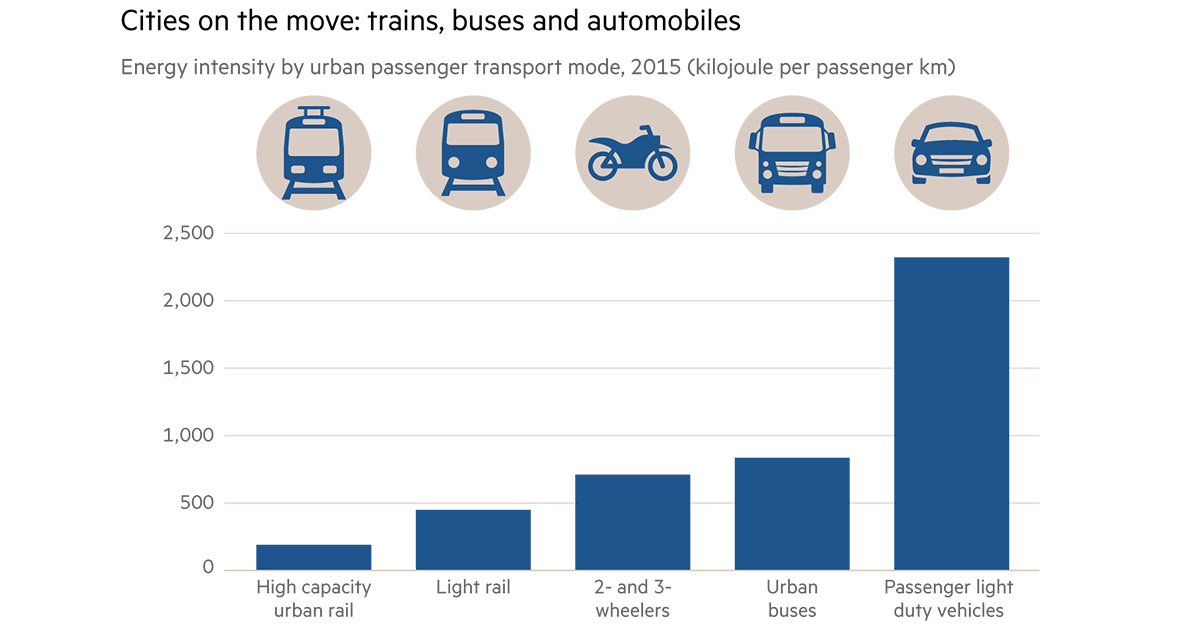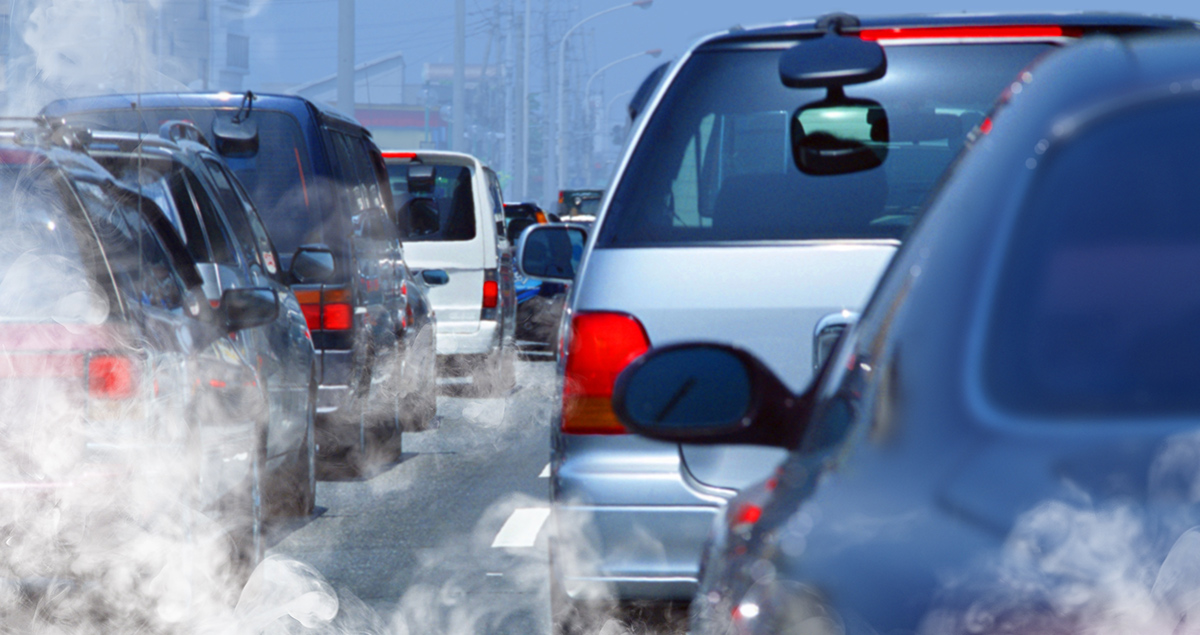Tackling transport congestion will strain rights and freedoms

The right to mobility is regarded as an entitlement — a symbol of individual progress and freedom. The costs, however, are increasing and we are approaching the moment when our freedom of movement may have to be constrained.
Transport is both the most important part of the energy transition story and the most resistant to change. Cars, freight lorries, aircraft and the rest account for almost 30 per cent of energy use and 45 per cent of global oil demand. Since 2000, demand for oil from transportation has risen by a third. There are some 450m more cars and vans on the world’s roads and some 60m more lorries. Almost all run on oil.
Some 3m electric vehicles are now in use worldwide. But there are over 1.1bn cars and light vans using internal combustion engines. Meanwhile freight transportation by land and sea continues to grow — by around 3 per cent per annum, measured by vehicle miles. So does the use of aircraft. Some 4bn passengers took scheduled commercial flights last year.
As yet, there are no commercially viable substitutes for oil use in freight transportation or aircraft. The slow pace of change in these sectors is the reason why most long-term energy forecasts see oil consumption remaining at or above current levels for decades to come, even allowing for continuing gains in efficiency.
Transport involves other essential challenges to the goal of sustainability which go beyond energy consumption and its impact on climate change. Transportation is concentrated in the world’s towns and cities and is the source of economically costly congestion and locally concentrated pollution which damages air quality and health. Urbanisation continues. Today 55 per cent of the world’s population live in urban areas — up from 40 per cent in 1990. By 2030 the figure will reach 60 per cent.

Within 20 years there could be another 900m cars in use, taking the total over 2bn. Freight demand is also expected to keep growing especially in Asia. There will be more electric and gas powered vehicles and some running on natural gas and perhaps hydrogen.
There will be further improvements in efficiency which offset some growth in oil demand. But, overall, the outlook does not look sustainable because of the sheer number of vehicles involved, especially in concentrated urban spaces. Fundamental rethinking is necessary and the difficult question of whether individual mobility should be constrained cannot be avoided.
A hundred years ago most people across the world lived and worked within 10 miles of where they lived. Movement was exceptional — something for the rich, sailors, merchants and soldiers fighting foreign wars. Trade in goods was also much more limited — international business was limited to products which could not be produced at home. Railways, aeroplanes, oil tankers and cars have changed all that.
The big question is whether recent trends can continue. From one perspective, more mobility seems inevitable. By 2030, on quite modest assumptions about economic growth, around 8.5bn of the world’s 9bn citizens will be able to buy the energy they need for the basics richer countries take for granted — heat, light and mobility. In emerging economies, a growing middle class will be aspiring to the next level of consumption — a car for local travel and flights to see the wider world.
The process has begun. Chinese tourists spent an estimated 25m nights in Europe last year. The Indian government has said that it expects to build as many as 100 new airports within the next decade, doubling current capacity.
Mobility has become an assumed right but that assumption could now be challenged. In many western cities congestion and parking charges are becoming more common.
For the moment they are more about collecting revenue than changing behaviour.
Electric vehicles and bicycles might help with low-level pollution but their impact is minimal and still being outstripped by traditional cars and vans running on oil.

Gradually improving public transport systems are finding it hard to keep pace with growing numbers especially in the developed world where basic systems are decades old and in many cases crumbling. If cities are to remain viable entities, then current patterns of mobility are unsustainable.
All the numbers quoted above reflect the current consensus — essentially based on a continuation of current trends. They deserve to be treated with scepticism.
A better bet is that, in one way or another, personal travel will be restricted. This will probably be achieved through taxes and other charges but also through parking controls or measures which limit access to certain days of the week. Such restrictions are already appearing in the developed world and will spread globally as cities encounter the reality of growing vehicle numbers and urban pollution.
The realisation that individual mobility will have to be limited and rationed will come as a sharp reminder that the process of transition will not be painless and will require some sacrifice of rights and freedoms we have come to take for granted.





